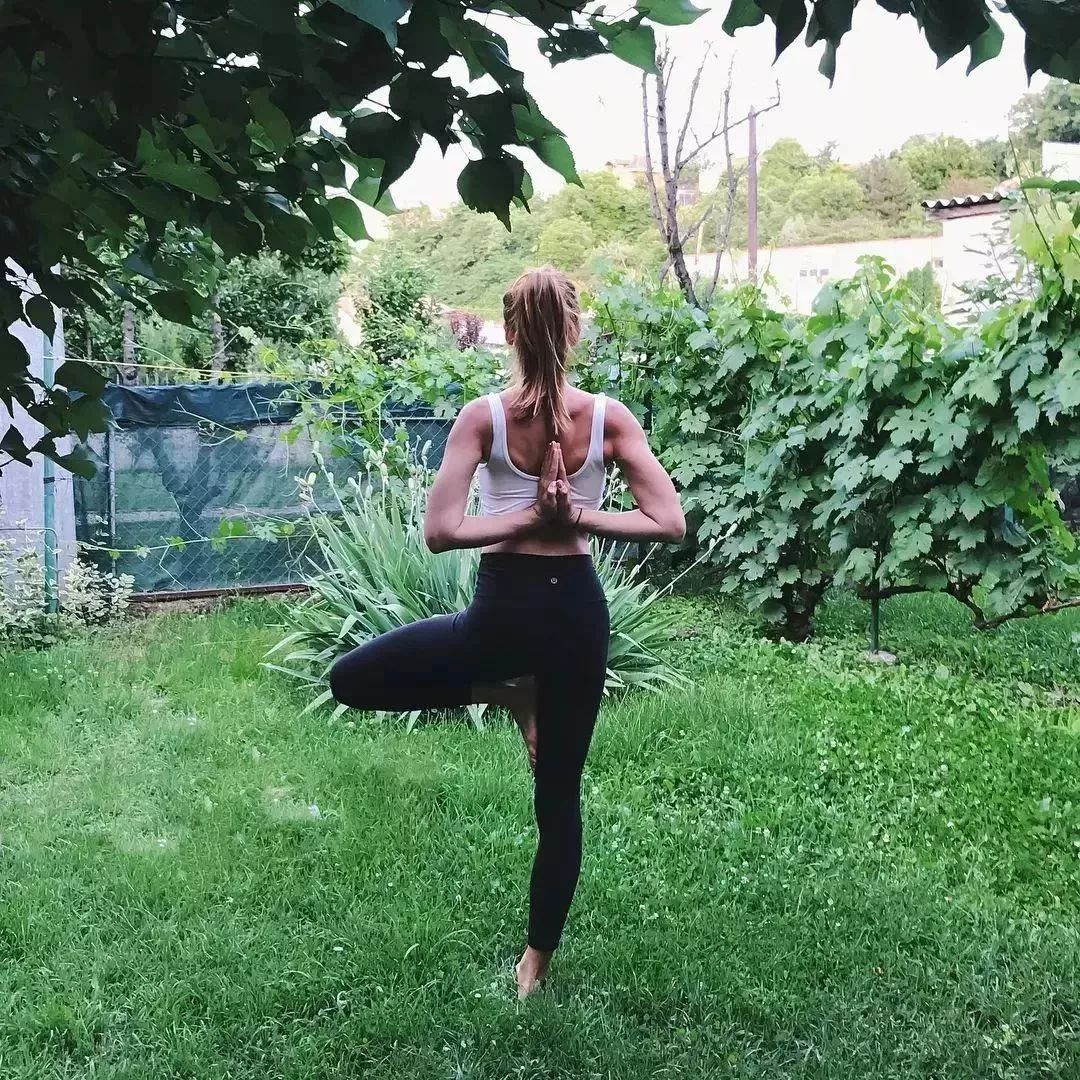In yoga classes, when people start doing single legged standing balance postures, they begin to lose composure.

Breathing begins to become rapid, ankles sway left and right, trying to find balance, and toes unconsciously grab the ground with force.

How can you elegantly maintain a single leg balance posture? Simply put, just stay in the right position.

But being upright is easier said than done.

The following Yoga editor summarizes the three key points of single leg balance postures for students: 1.
Find the key words for foot stability: big toe, small toe, arch of the foot.
First, lay the foot flat on the mat.
Press the toe ball down on the mat, especially the big toe ball.
Maintain this movement while pressing the small toe ball down.
Activate the muscles, lift the arch of the foot, and press the inner side of the foot.
These movements can help stabilize the foot’s bones and support the ankle joint, It will activate the calf muscles.
At the same time, the leg that is not on the ground should also achieve these details.
2.
Strong and stable knees are crucial for knee stability, which is crucial for single body balance poses and transitions between poses.
To activate the front thigh muscles, lift the knee up· Standing on one leg, activate the hip muscles on the supporting leg to stabilize the pelvis· Support legs should be strong and straight, activating the thigh muscles to allow the hips to be free· Activate the front thigh muscles and lift the knee up.
3.
Activating core stability can stabilize the spine and upper body, which is beneficial for stability in single leg balance postures· Activate the lower abdominal muscles to stabilize the pelvis, support the back, and strengthen the connection between the lower abdomen and hip joints· Activate strong and stable muscles around the lumbar spine· Take a deep breath, expand the chest, activate the upper back muscles, and stabilize the lower ribs.
Lower the shoulders back and extend the spine.
.

